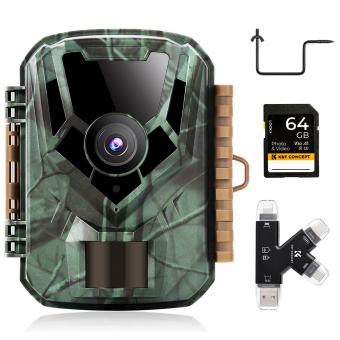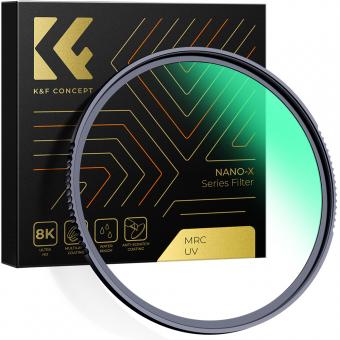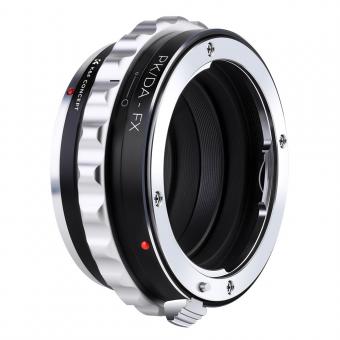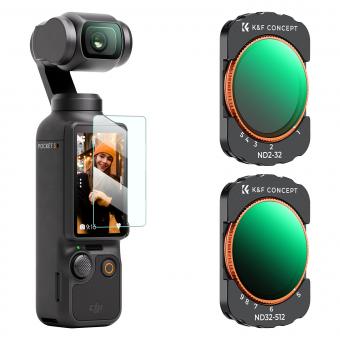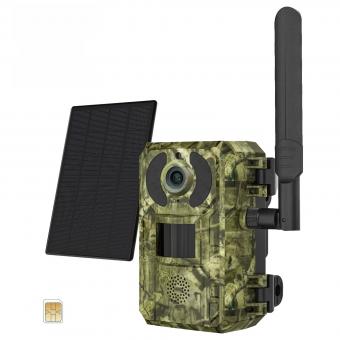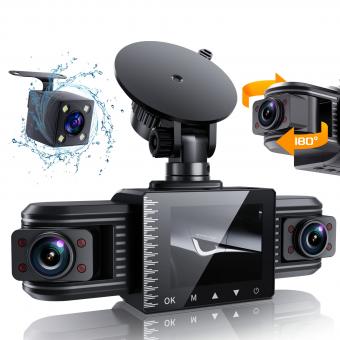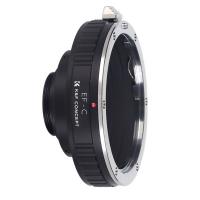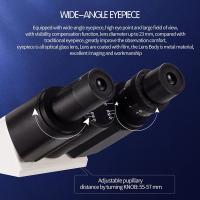What Careers Use Microscopes ?
Several careers utilize microscopes, including:
1. Biologists: Microscopes are essential tools for biologists to study cells, tissues, and microorganisms, aiding in research, disease diagnosis, and genetic analysis.
2. Medical professionals: Doctors, pathologists, and medical laboratory technicians use microscopes to examine blood samples, tissues, and other bodily fluids for diagnostic purposes.
3. Chemists: Microscopes are employed in chemistry to observe and analyze the structure and properties of various substances at the microscopic level.
4. Material scientists: Microscopes help material scientists investigate the composition, structure, and behavior of different materials, such as metals, polymers, and ceramics.
5. Forensic scientists: Microscopes are crucial in forensic science for analyzing trace evidence, such as fibers, hair, and fingerprints, to aid in criminal investigations.
6. Geologists: Geologists use microscopes to examine rock and mineral samples, allowing them to identify and study their composition, texture, and geological history.
7. Environmental scientists: Microscopes are used by environmental scientists to study microorganisms, algae, and other small organisms in water and soil samples, aiding in ecological research and environmental monitoring.
8. Archaeologists: Microscopes are employed in archaeology to analyze artifacts, such as pottery shards or ancient textiles, to gain insights into past civilizations.
9. Entomologists: Microscopes are essential for entomologists to study insects and other arthropods, enabling them to identify species, study their anatomy, and investigate their behavior.
10. Quality control technicians: Microscopes are used in industries like electronics and manufacturing to inspect and analyze the quality of products, such as circuit boards or precision components.
1、 Microbiologist
Microbiologists are professionals who extensively use microscopes in their work. These scientists study microorganisms, such as bacteria, viruses, fungi, and parasites, to understand their structure, function, and behavior. Microbiologists employ various microscopy techniques to observe and analyze these microscopic organisms, making microscopes an essential tool in their field.
Microbiologists use microscopes to examine the morphology and structure of microorganisms. They observe the size, shape, and arrangement of cells, as well as the presence of any unique features or structures. This information helps them identify and classify different microorganisms, which is crucial for understanding their role in various biological processes and diseases.
Microbiologists also use microscopes to study the growth and behavior of microorganisms. They observe how microorganisms interact with their environment, how they reproduce, and how they respond to different stimuli. Microscopy allows microbiologists to visualize these processes in real-time, providing valuable insights into the behavior and characteristics of microorganisms.
In recent years, advancements in microscopy technology have revolutionized the field of microbiology. Techniques such as fluorescence microscopy, confocal microscopy, and electron microscopy have enabled microbiologists to study microorganisms with unprecedented detail and precision. These techniques allow scientists to visualize specific molecules, track cellular processes, and even observe interactions between microorganisms and host cells.
Moreover, microscopes are not only used by microbiologists in research laboratories but also in various other sectors. Microbiologists work in industries such as pharmaceuticals, food and beverage, environmental monitoring, and healthcare. They use microscopes to analyze samples for the presence of microorganisms, assess the quality and safety of products, and develop new treatments or diagnostic methods.
In conclusion, microbiologists heavily rely on microscopes to study microorganisms and understand their behavior, structure, and function. The latest advancements in microscopy technology have further enhanced their ability to explore the microscopic world, leading to new discoveries and applications in various fields.
2、 Pathologist
Pathologists are professionals who use microscopes extensively in their work. They are medical doctors who specialize in diagnosing diseases by examining tissue samples and bodily fluids under a microscope. Pathologists play a crucial role in the healthcare system as they help determine the cause and nature of diseases, which is essential for effective treatment and patient care.
With the advancements in technology and the field of pathology, the use of microscopes has evolved. While traditional light microscopes are still widely used, pathologists now have access to more advanced imaging techniques such as digital pathology and virtual microscopy. These technologies allow for faster and more accurate diagnosis, as well as the ability to share and collaborate on cases remotely.
In addition to diagnosing diseases, pathologists also play a role in research and teaching. They may use microscopes to study the progression of diseases, investigate new treatment options, or educate medical students and other healthcare professionals.
Furthermore, pathologists are involved in forensic pathology, which involves the examination of evidence in criminal investigations. Microscopes are used to analyze trace evidence such as fibers, hairs, and bloodstains, helping to provide crucial information in solving crimes.
Overall, pathologists are at the forefront of using microscopes in their daily work. They rely on these instruments to make accurate diagnoses, contribute to medical research, and play a vital role in patient care. As technology continues to advance, the use of microscopes in pathology will likely continue to evolve, further enhancing the capabilities and impact of these professionals.
3、 Biomedical researcher
What careers use microscopes? One prominent career that extensively utilizes microscopes is that of a biomedical researcher. Biomedical researchers employ microscopes to study and analyze various biological samples, such as cells, tissues, and microorganisms. These professionals investigate the intricate details of these samples to gain insights into the underlying mechanisms of diseases, develop new treatments, and contribute to advancements in medical science.
Microscopes play a crucial role in biomedical research by enabling researchers to visualize and examine the structure and function of cells and tissues at a microscopic level. They allow scientists to observe cellular processes, identify abnormalities, and study the effects of drugs or treatments on living organisms. With the latest advancements in microscopy technology, such as confocal microscopy and super-resolution microscopy, researchers can now capture high-resolution images and even visualize molecular interactions within cells.
Moreover, microscopes are essential tools in fields like pathology, where pathologists use them to examine tissue samples for diagnosing diseases like cancer. Microbiologists also heavily rely on microscopes to study microorganisms, such as bacteria and viruses, to understand their behavior, develop vaccines, and identify potential treatments.
In recent years, there has been a growing interest in the field of nanotechnology, which involves manipulating and studying materials at the nanoscale. Microscopes, particularly scanning electron microscopes and transmission electron microscopes, are indispensable in nanotechnology research, allowing scientists to visualize and manipulate nanoscale structures and particles.
Overall, the use of microscopes is vital in various careers, particularly in biomedical research, pathology, microbiology, and nanotechnology. These powerful instruments enable scientists to delve into the microscopic world and unravel the mysteries of life, leading to advancements in healthcare, disease prevention, and technological innovation.
4、 Forensic scientist
Forensic scientists are one of the many careers that extensively use microscopes. These professionals play a crucial role in the criminal justice system by analyzing evidence collected from crime scenes to help solve crimes and bring perpetrators to justice. Microscopes are essential tools in their work as they allow forensic scientists to examine and analyze various types of evidence at a microscopic level.
Microscopes are used in forensic science to examine trace evidence such as hair, fibers, and glass fragments. By magnifying these tiny pieces of evidence, forensic scientists can identify unique characteristics that can link them to a specific source or individual. For example, they can compare the ridges on a recovered fingerprint to a suspect's fingerprint or analyze the composition of a bullet to determine if it matches a particular firearm.
In recent years, advancements in microscopy technology have further enhanced the capabilities of forensic scientists. For instance, scanning electron microscopes (SEMs) and atomic force microscopes (AFMs) have allowed for more detailed analysis of evidence. SEMs provide high-resolution images of the surface of objects, enabling scientists to examine minute details that may not be visible with traditional microscopes. AFMs, on the other hand, can create three-dimensional images of samples, providing valuable information about their topography and composition.
Moreover, microspectrophotometry is another technique that has gained popularity in forensic science. It combines microscopy with spectroscopy to analyze the absorption, transmission, and reflection of light by microscopic samples. This technique can be used to identify and differentiate between different types of fibers, dyes, and pigments, aiding in the analysis of textile and paint evidence.
In conclusion, forensic scientists heavily rely on microscopes to examine and analyze trace evidence. With advancements in microscopy technology, these professionals can now obtain more detailed and accurate results, further strengthening the field of forensic science.


